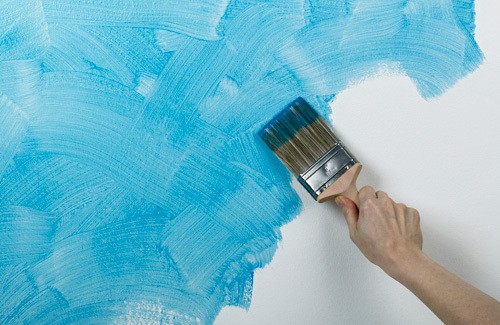Hiding and Coverage Paint on a Difficult Wall
Some walls are more difficult to paint than others. They may have a stained surface from dampness or mildew, or may sport a very abrasive surface with dents and bumps. An effective paint coating delivers a smooth finish, as if creating a completely new wall! Several aspects must be considered to decide on the paint you need.
Cost matters
There is no denying the fact that cheap paints have a greater tendency to show up surface stains than the costly ones. However, besides the type of paint, it also depends on the mode of application. This is the reason why DIY painting projects often show up the stains. A professional will help you select the best in your budget, mix the paint buckets right, and apply it evenly on the wall.
Prep matters
In addition, negligence in wall prep before applying the paints is also a major factor behind a bad job. Rough walls must be sandpapered to maximum evenness at first. Regarding paint mixing, it is always important to mix buckets from the same manufacturing batch. If paints from the same batch are unavailable, choose shades from the closest batch.
Applying primer is also crucial for most walls. Painting experts can easily suggest when you need it. Customers also inquire about the two-in-one paint and primer products. However, professionals recommend these as best when priming is a minimum requirement.
Using the correct primer is actually vital for the coverage issue. Use two coats in primer when the change is drastic, from a very light color to a very deep color. Similarly, you should also apply the double coat when the wall is too porous.
Handling the paint
Painting should be done by professionals for a smooth application over the entire surface, even near the borders. If coverage and hiding is your priority, choose good quality paint. Do not dilute the paint because they have been made for optimum usage. The paint should not be spread too thinly either.
Using proper tools is also important. Make sure that the painters are using specific tools in the difficult corners. In addition, one must also allow sufficient drying time between successive coats. A moist base coat will release the dampness, and it will show up above the outer surface.
Conclusion
Homeowners should be extra attentive while choosing very light colors such as yellow or orange. Using these properly imperatively require buying a top quality paint and hiring an able professional service. Do not apply paints labeled ‘interior’ on exterior, or vice versa. However, multipurpose interior/exterior paints are available.





